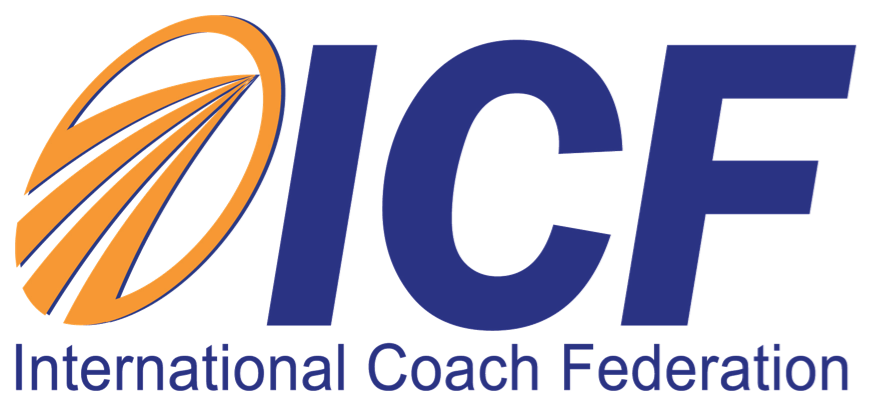The Next Level Of Engagement…
As the rates of unemployment across the country continue to go down, it seems that what many employing organizations were worried about and suspecting is becoming a reality; employee engagement is down as well. Our recent study conducted across various organizations across the nation, showed that two-thirds of the companies surveyed reported a decline in employee engagement from a year earlier. This result showed a 2-3 percent decline in engagement which is significant on its own but especially in comparison to the previous years.
Employee engagement, also called Work engagement, is a concept that is generally viewed as managing discretionary effort, that is, when employees have choices, they will act in a way that furthers their organization’s interests. An engaged employee is a person who is fully involved in, and enthusiastic about his or her work. Employee Engagement is now measured by items which have been linked to key business outcomes such as productivity.
So what can organizations do? There are several influential factors when considering employee engagement and many of them can be responsibly maneuvered at the right time by the employing organization. Here are some examples that your organization can use to avoid disengagement by your employees:
* Employer engagement – A company’s commitment to improving the partnership between employee and employer. Employers can stay engaged with their employees by actively seeking to understand and act on behalf of the expectations and preferences of their employees.
* Employee perceptions of job importance – According to a 2006 study by Gerard Seijts and Dan Crim, an employees attitude toward the job’s importance and the company had the greatest impact on loyalty and customer service then all other employee factors combined.
* Employee clarity of job expectations – If expectations are not clear and basic materials and equipment not provided, negative emotions such as boredom or resentment may result, and the employee may then become focused on surviving more than thinking about how he can help the organization succeed.
* Career advancement/improvement opportunities – Plant supervisors and managers indicated that many plant improvements were being made outside the suggestion system, where employees initiated changes in order to reap the bonuses generated by the subsequent cost savings.
* Regular feedback and dialogue with superiors – Feedback is the key to giving employees a sense of where they’re going, but many organizations are remarkably bad at giving it. “What I really wanted to hear was ‘Thanks. You did a good job.’ But all my boss did was hand me a check.”
* Quality of working relationships with peers, superiors, and subordinates – If employees’ relationship with their managers is fractured, then no amount of perks will persuade the employees to perform at top levels. Employee engagement is a direct reflection of how employees feel about their relationship with the boss.
* Perceptions of the ethos and values of the organization – Inspiration and values is the most important of the six drivers in the Engaged Performance model practiced in various successful organizations such as Watson Wyatt Worldwide. Inspirational leadership is the ultimate perk. In its absence, it is unlikely to engage employees.
 * Effective Internal Employee Communications – which convey a clear description of what’s going on. If you accept that employees want to be involved in what they are doing then this trend is clear (from small businesses to large global organizations). The effect of poor internal communications is seen as its most destructive in global organizations which suffer from employee annexation- where the head office in one country is buoyant (since they are closest to the action, know what is going on, and are heavily engaged) but its annexes (who are furthest away from the action and know little about what is happening) are disengaged. In the worst case, employee annexation can be very destructive when the head office attributes the annex’s low engagement to its poor performance… when its poor performance is really due to its poor communications.
* Effective Internal Employee Communications – which convey a clear description of what’s going on. If you accept that employees want to be involved in what they are doing then this trend is clear (from small businesses to large global organizations). The effect of poor internal communications is seen as its most destructive in global organizations which suffer from employee annexation- where the head office in one country is buoyant (since they are closest to the action, know what is going on, and are heavily engaged) but its annexes (who are furthest away from the action and know little about what is happening) are disengaged. In the worst case, employee annexation can be very destructive when the head office attributes the annex’s low engagement to its poor performance… when its poor performance is really due to its poor communications.
* Reward to engage – Look at employee benefits and acknowledge the role of incentives. An incentive to reward good work is a tried and test way of boosting staff morale and enhancing engagement. There are a range of tactics you can employ to ensure your incentive scheme hits the mark with your workforce such as: Setting realistic targets, selecting the right rewards for your incentive program, communicating the scheme effectively and frequently, have lots of winners and reward all achievers, encouraging sustained effort, present awards publicly and evaluate the incentive scheme regularly.
Hence it is important to have a temperature read of your organization before the cycle of downward change take a life of its own, and you are no longer able to keep the interest of your top performers, and they are goners! Our Vitality Check and Retention Track programs are both designed for this specific purpose. Remember an assessment does not cost a thing, but backtracking costs millions.
References
Seijts, Gerard H. and Dan Crim (2006). “The Ten C’s of Employee Engagement”. Ivey Business Journal. Retrieved on 2006-11-09.






